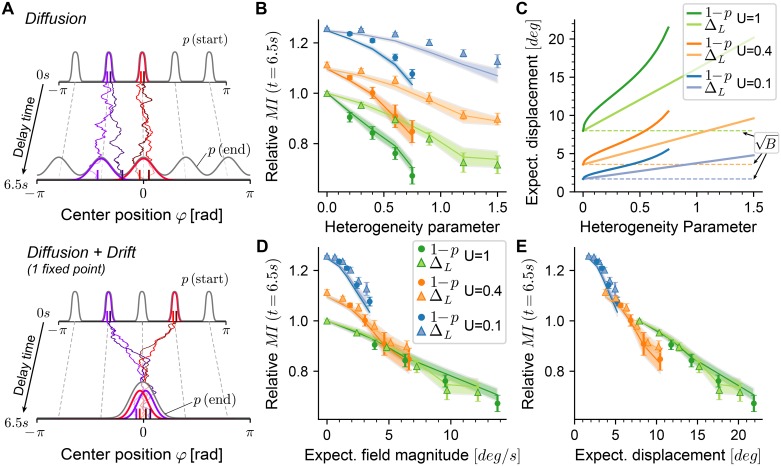Fig 5. Short-term facilitation increases memory retention.
A Illustration of the effects of diffusion (top) and additional drift (bottom) on the temporal evolution of distributions of initial positions p(start) towards distributions of final positions p(end) over 6.5s of delay activity. The bump is always represented by its center position φ. Two peaks in the distribution of initial positions φ(0) and their corresponding final positions φ(6.5) are highlighted by colors (purple, red), together with example trajectories of the center positions. Top: Diffusion symmetrically widens the initial distribution. Bottom: Strong drift towards one single fixed point of bump centers (φ = 0) makes the origin of trajectories indistinguishable. B Normalized mutual information (MI, see text for details) of distributions of initial and final bump center positions in working memory networks for different STP parameters and heterogeneity parameters(blue: strong facilitation, see legend in panel D). Dots and triangles are average MI (18–20 realizations, error bars show 95% CI) obtained from spiking network simulations. Lines show average MI calculated from Langevin dynamics for the same networks, repetitions and realizations (see text, shaded area shows 95% CI). Heterogeneity parameters are σL (triangles, in units of mV) and 1 − p (circles), where p is the connection probability. C Expected displacement |Δφ|(1s) for the same networks as in panel B. Dashed lines indicate displacement induced by diffusion only (), solid lines show the total displacement (including displacement due to drift, calculated as the expected field magnitude ). D Same as panel B, with x-axis showing the expected field magnitude. E Same as panel B, with x-axis showing the expected displacement. In panels B-D, all STP parameters except U were kept constant at τu = 650ms, τx = 150ms.

